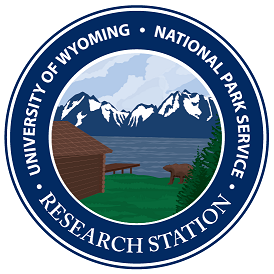Abstract
Hearing sounds of nature is an important motivation for visitors to National Parks, such as Grand Teton National Park (GRTE; Newman et al. 2015). Furthermore, managers are required to provide park visitors with an enjoyable soundscape experience. In 2006, Pilcher and Newman conducted a study on visitor perceptions of soundscapes in highly trafficked locations in GRTE, the Jenny Lake boat dock and Inspiration Point. While this study used similar methods, it aimed to better understand the influence of soundscapes to a unique visitor group -- climbers on the Grand Teton. This iconic climbing destination is located in an area that is potentially susceptible to anthropogenic or human caused noise interruptions because of its proximity to an airport and heavily used highways. In the summer of 2015 researchers from Penn State University used a combination of qualitative interviews and listening exercises with climbers to identify sounds that were being heard during their climbing experience and their emotions related to those sounds. These data provide managers with information about sounds that could be prioritized when managing for an optimal soundscape experience.

